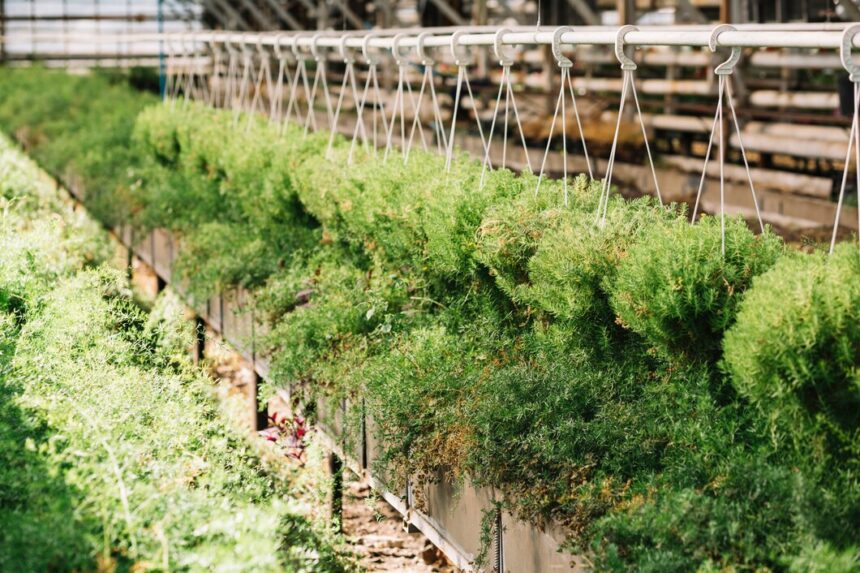Fennel, known for its aromatic flavor and medicinal properties, is a versatile herb that has been cultivated for centuries in South Africa. With its crisp texture and licorice-like taste, fennel is a popular ingredient in both culinary and medicinal applications. Whether grown for its bulb, foliage, or seeds, enhancing the quality and yield of fennel requires careful attention to cultivation techniques and environmental factors. In this article, we’ll explore some proven strategies for maximizing the quality and yield of fennel in South Africa.
1. Soil Preparation and Fertility:
Fennel thrives in well-draining soil that is rich in organic matter and has a slightly acidic to neutral pH. Before planting, prepare the soil by incorporating compost or well-rotted manure to improve fertility and soil structure. Conduct a soil test to assess nutrient levels and pH, and amend the soil as needed to ensure optimal growing conditions for fennel.
2. Variety Selection:
Choose a fennel variety that is well-suited to the local climate and growing conditions in South Africa. Consider factors such as heat tolerance, disease resistance, and growth habit when selecting a variety for cultivation. Some popular fennel varieties for South African growers include ‘Florence,’ ‘Zefa Fino,’ and ‘Bronze.’
3. Planting Time and Spacing:
Fennel is a cool-season crop that thrives in mild temperatures and can tolerate light frosts. In South Africa, fennel is typically planted in late winter to early spring (August to September) or late summer to early autumn (February to March), depending on the region and local climate. Plant fennel seeds directly in the garden or in containers, spacing them 30-45 cm apart in rows spaced 45-60 cm apart.
4. Watering and Irrigation:
Fennel requires consistent moisture throughout the growing season to ensure optimal growth and development. Water the plants regularly, keeping the soil evenly moist but not waterlogged. Avoid overhead irrigation, as wet foliage can increase the risk of fungal diseases. Instead, use drip irrigation or soaker hoses to deliver water directly to the base of the plants.
5. Fertilization and Nutrient Management:
Provide fennel plants with balanced nutrition by applying a complete fertilizer or organic fertilizer high in nitrogen, phosphorus, and potassium. Incorporate fertilizer into the soil at planting time and side-dress the plants with additional fertilizer during the growing season as needed. Monitor plant growth and leaf color to assess nutrient deficiencies and adjust fertilization accordingly.
6. Weed Control:
Keep the fennel bed free from weeds to reduce competition for nutrients, water, and sunlight. Mulch around the plants with organic materials such as straw, hay, or compost to suppress weed growth and conserve soil moisture. Hand-pull weeds as they appear, taking care not to disturb the fennel roots.
7. Pest and Disease Management:
Monitor fennel plants regularly for signs of pests and diseases, such as aphids, caterpillars, and fungal infections. Practice good sanitation by removing and disposing of infected plant material promptly to prevent the spread of disease. Use organic pest control methods such as insecticidal soap, neem oil, or beneficial insects to manage pest infestations while minimizing the use of chemical pesticides.
8. Harvesting and Storage:
Harvest fennel bulbs when they reach the desired size and firmness, typically 90-120 days after planting. Cut the bulbs from the base of the plant, leaving a few inches of stem attached. Store harvested fennel bulbs in the refrigerator for up to two weeks, or blanch and freeze them for longer storage. Harvest fennel seeds when they turn brown and begin to dry on the plant. Cut the seed heads and hang them upside down in a well-ventilated area to dry completely before threshing and collecting the seeds.
By implementing these techniques for enhancing quality and yield, South African growers can maximize the productivity and profitability of fennel cultivation. With proper soil preparation, variety selection, planting practices, irrigation, fertilization, weed, and pest management, growers can produce high-quality fennel that meets market demands and contributes to a thriving agricultural industry in South Africa.
Join 'Farmers Mag' WhatsApp Channel
Get the latest Farming news and tips delivered straight to your WhatsApp
CLICK HERE TO JOIN






